1. Gilligan’s Island (1964–1967)
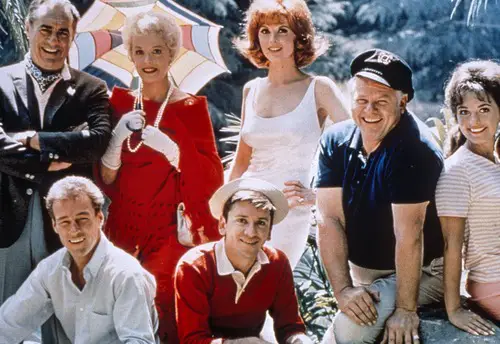
It may feel like a classic that ran forever, but Gilligan’s Island only lasted three short seasons before CBS pulled the plug. The misadventures of Gilligan, the Skipper, and the castaways quickly became a cultural touchstone, yet the network thought it had run its course. Fans were left hanging without a final rescue, which made the cancellation sting even more. Reruns and later reunion movies gave the characters new life, but the original series never got to wrap things up properly.
What’s ironic is how beloved the show became once it was off the air. Generations discovered Gilligan and the gang in syndication, proving CBS underestimated its staying power. Its silly plots, tropical setting, and unforgettable theme song all made it timeless. Had it stayed on just a little longer, it might’ve evolved into something even bigger.
2. Square Pegs (1982–1983)
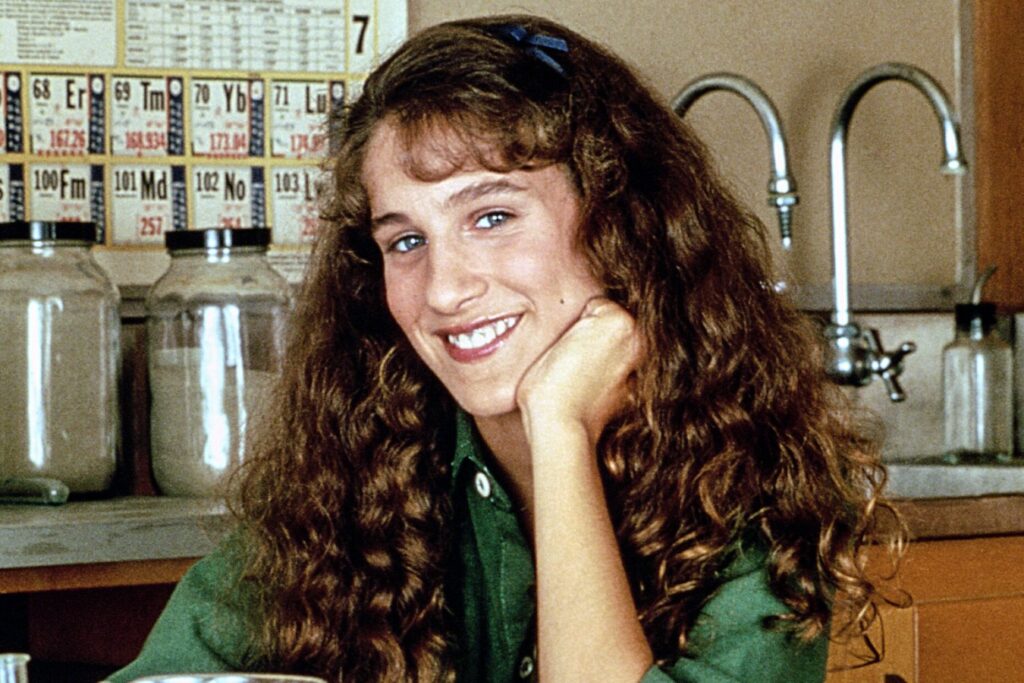
Sarah Jessica Parker’s first big break came with Square Pegs, a sitcom about awkward high schoolers trying to fit in. The show captured teen angst with sharp writing and felt more authentic than other glossy school shows of the era. Despite its promise, it only ran for one season before CBS pulled the plug. Ratings were shaky, but many fans felt it was just starting to hit its stride.
The show featured cameos from New Wave bands like Devo, adding a cool factor that might’ve connected more strongly if given time. It was praised for its realistic take on social groups, from geeks to popular kids. But behind-the-scenes troubles, including rumors of off-set partying, hurt its longevity. Parker, of course, went on to massive fame, leaving Square Pegs as a short but memorable stepping stone.
3. It’s Your Move (1984–1985)
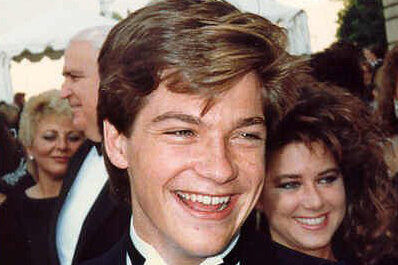
Before Married… with Children, Jason Bateman starred as a scheming teen in It’s Your Move. His character, Matthew, constantly ran scams and outsmarted adults, especially his mom’s new boyfriend. The concept had tons of potential for sharp comedy and family dynamics. But NBC canceled it after only 18 episodes.
Audiences never got to see how Matthew might evolve from mischievous teen to something more complex. Bateman’s charisma was undeniable, and the show had the right ingredients for a cult hit. Instead, it became a forgotten footnote in his career, overshadowed by what came after. Sometimes a clever premise needs more than a half-season to click.
4. The New Dick Van Dyke Show (1971–1974)
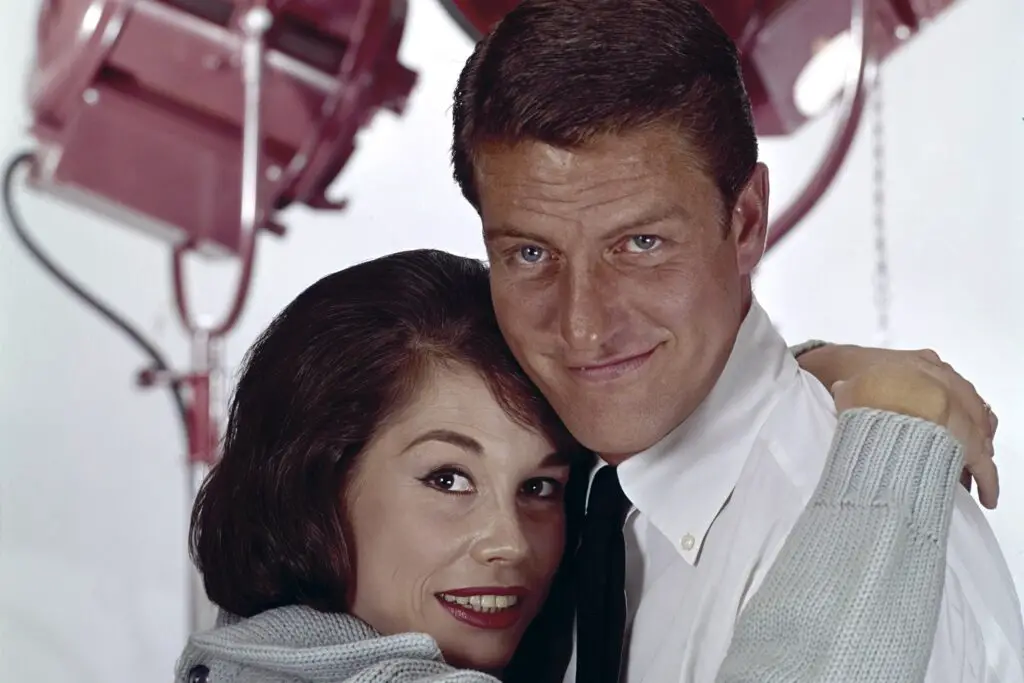
Trying to recreate the magic of The Dick Van Dyke Show was never going to be easy. This “new” version had Van Dyke as a talk show host, with Hope Lange playing his wife. It wasn’t a complete failure, but it never caught fire the way his earlier classic did. CBS pulled it after three seasons, leaving some fans wondering what it could’ve become if given more time.
The problem wasn’t Van Dyke, who was as charming as ever. The scripts, however, didn’t quite match his talent, and the supporting cast couldn’t replicate the chemistry of the original. Still, there were glimpses of the old magic in certain episodes. Had the network been more patient, it might’ve grown into something worthy of his legacy.
5. Freaks and Geeks (1999–2000)
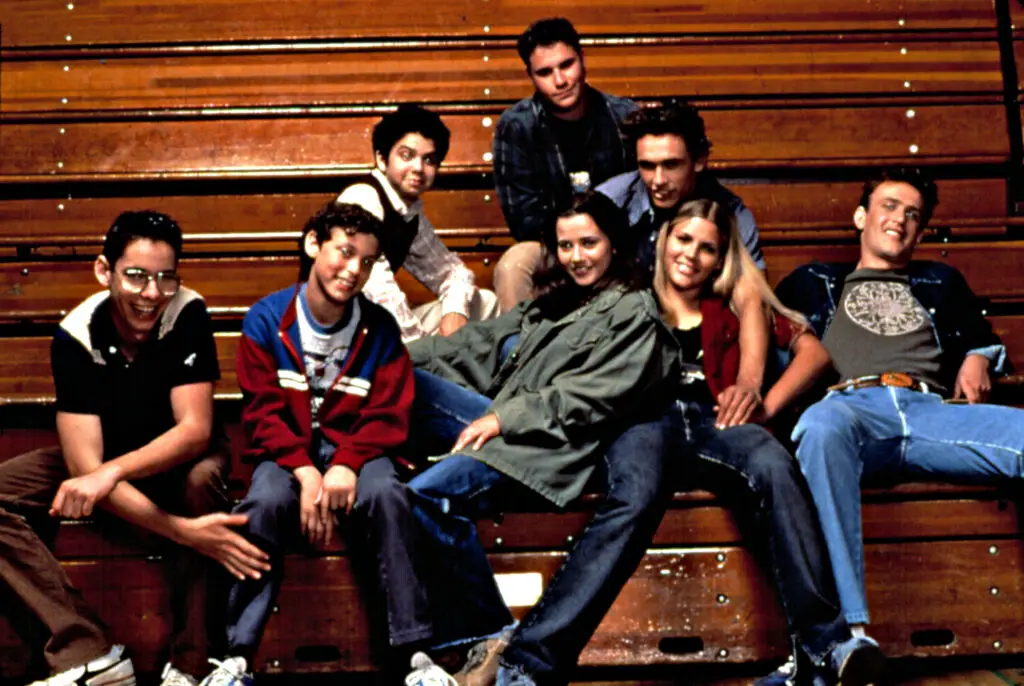
Though technically a dramedy, Freaks and Geeks had sitcom bones and deserved far better than its one-season run. Set in the early ’80s, it followed misfit teens navigating high school with honesty and humor. The cast was stacked with future stars like James Franco, Seth Rogen, and Linda Cardellini. Critics adored it, but NBC canceled it after just 18 episodes.
Fans still talk about how real the characters felt, from the geeks’ obsession with Dungeons & Dragons to the freaks struggling with identity. The show later gained cult status and is now recognized as one of the best of its kind. Had it been given a second season, who knows how many more careers it would’ve launched? It’s the perfect example of a show cut down before its full potential was realized.
6. The Brady Brides (1981)
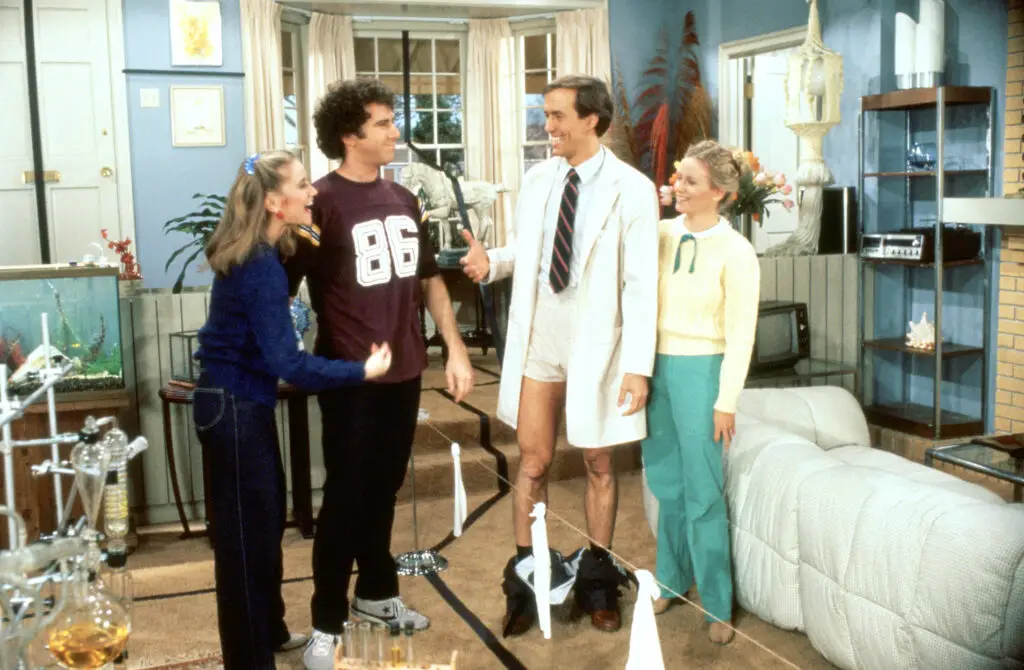
After The Brady Bunch ended, fans weren’t ready to say goodbye to the family. That led to The Brady Brides, a sitcom spinoff following Jan and Marcia as newlyweds sharing a house with their husbands. It had all the potential to expand on the Brady universe, but NBC canceled it after just 10 episodes. Viewers never got the chance to see the show grow beyond its premise.
The idea of mixing Brady nostalgia with newlywed sitcom antics seemed like a surefire win. But the writing leaned heavily on clichés, and audiences missed seeing the full Brady family together. Still, it’s remembered fondly by diehards who wanted more of the clan. It’s another example of how tricky it can be to extend a beloved show’s magic.
7. The Munsters Today (1988–1991)
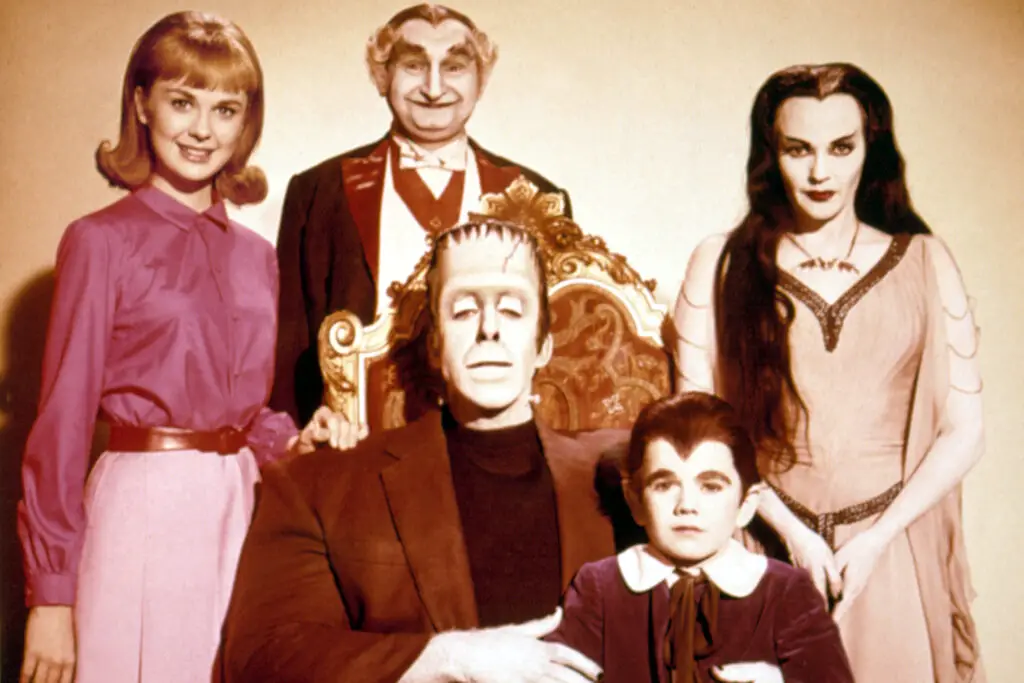
Everyone remembers The Munsters, but its late-’80s reboot, The Munsters Today, often gets overlooked. The show revived Herman, Lily, Grandpa, Eddie, and Marilyn for a modern-day setting, with new actors stepping into the classic roles. While it managed three seasons, many viewers never realized it even existed. Ratings slipped, and NBC quietly let it fade away.
It had a playful tone that tried to recapture the spooky charm of the ’60s original. But for fans, it never quite lived up to the legacy, even though kids of the late ’80s still enjoyed it. Had it been allowed more time and stronger writing, it might’ve found its groove. Instead, it ended up as a forgotten curiosity in sitcom history.
8. Working (1997–1999)

Starring Fred Savage after his Wonder Years fame, Working was a workplace comedy set in a corporate office. It poked fun at office politics and the absurdity of cubicle life. Savage proved he could handle adult roles with sharp comedic timing. Still, NBC axed it after just two seasons.
The show had a talented ensemble and relatable scenarios that might’ve resonated more in the long run. It arrived just a little too early, before workplace comedies like The Office became cultural phenomena. Fans who did watch remember it fondly as a show that deserved more time. Savage’s performance alone made it worth sticking around.
9. Hello, Larry (1979–1980)
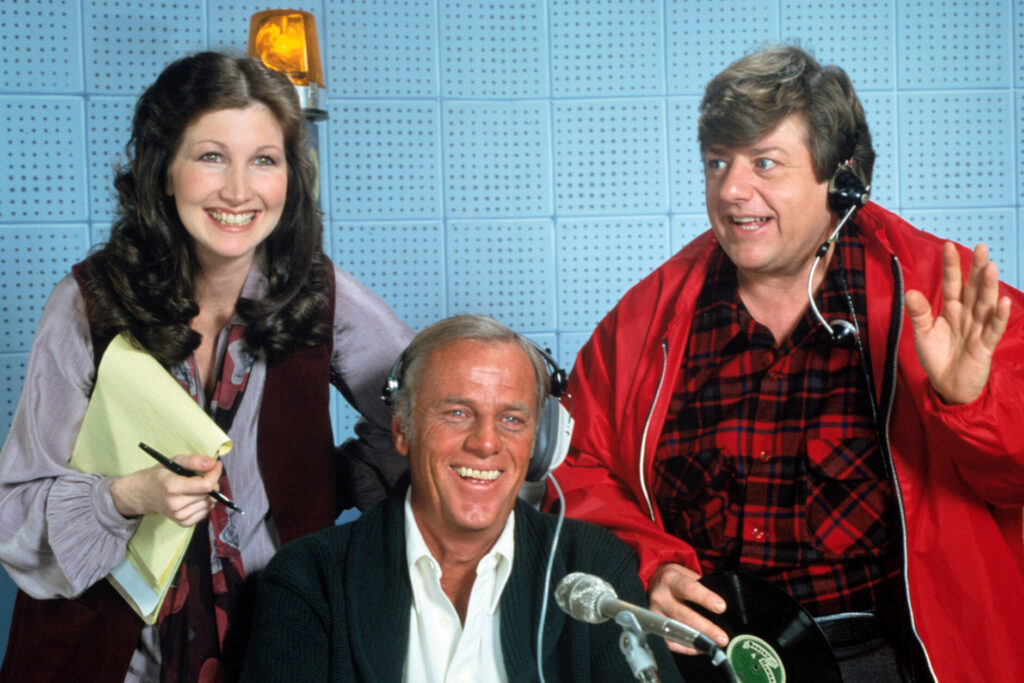
This spinoff of Diff’rent Strokes starred McLean Stevenson as a radio host raising two teenage daughters. NBC clearly hoped to capitalize on the popularity of family sitcoms, but it didn’t quite land. Critics weren’t impressed, and it only lasted two seasons. Still, it had flashes of warmth and humor that showed it might’ve worked with some tweaks.
Stevenson, who had left M*A*S*H, struggled to find a post-Colonel Blake hit. Hello, Larry wasn’t it, though it did give Kim Richards and Krista Errickson some spotlight as his daughters. With stronger writing, it could’ve built a loyal audience. Instead, it’s remembered as a misstep rather than a hidden treasure.
10. Happy Days Spinoff Joanie Loves Chachi (1982–1983)
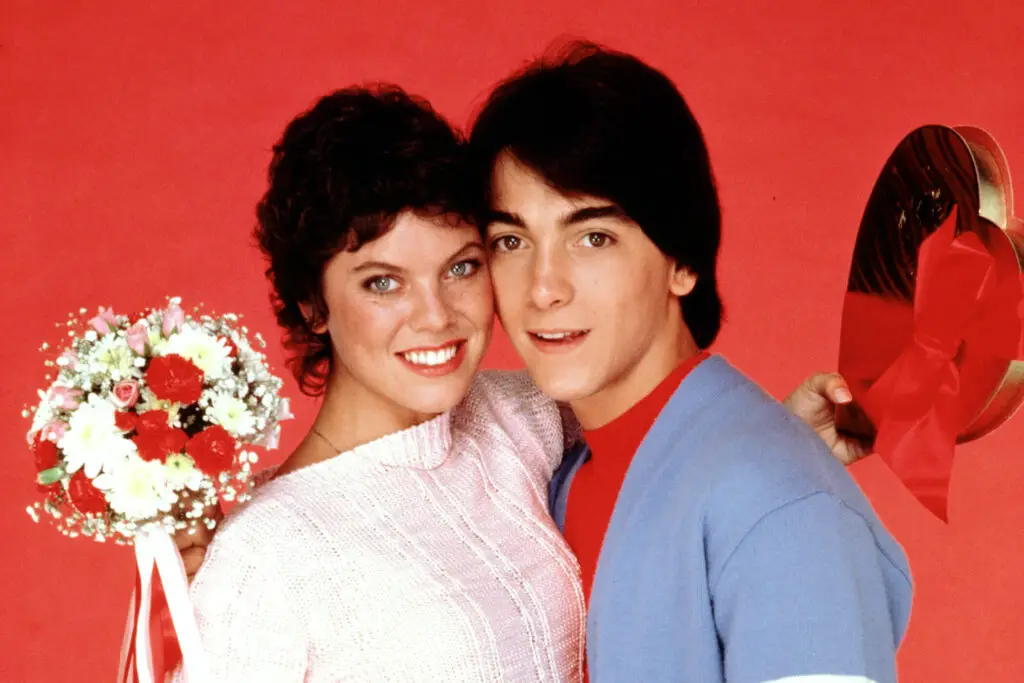
On paper, giving Joanie Cunningham and Chachi Arcola their own show seemed like a no-brainer. Happy Days fans loved Erin Moran and Scott Baio, and ABC hoped the spinoff would replicate the parent show’s success. Instead, it lasted only two seasons before fading away. The chemistry between the leads didn’t translate as well outside of Milwaukee, and ratings steadily declined.
What’s interesting is how much hype surrounded the premiere, with Baio’s teen idol status driving interest. But once the novelty wore off, it struggled to tell stories beyond the couple’s romance. Fans eventually saw Joanie and Chachi return to Happy Days, making the spinoff feel like a detour rather than a next chapter. It’s a reminder that not every beloved character can carry a show on their own.
11. Three’s a Crowd (1984–1985)
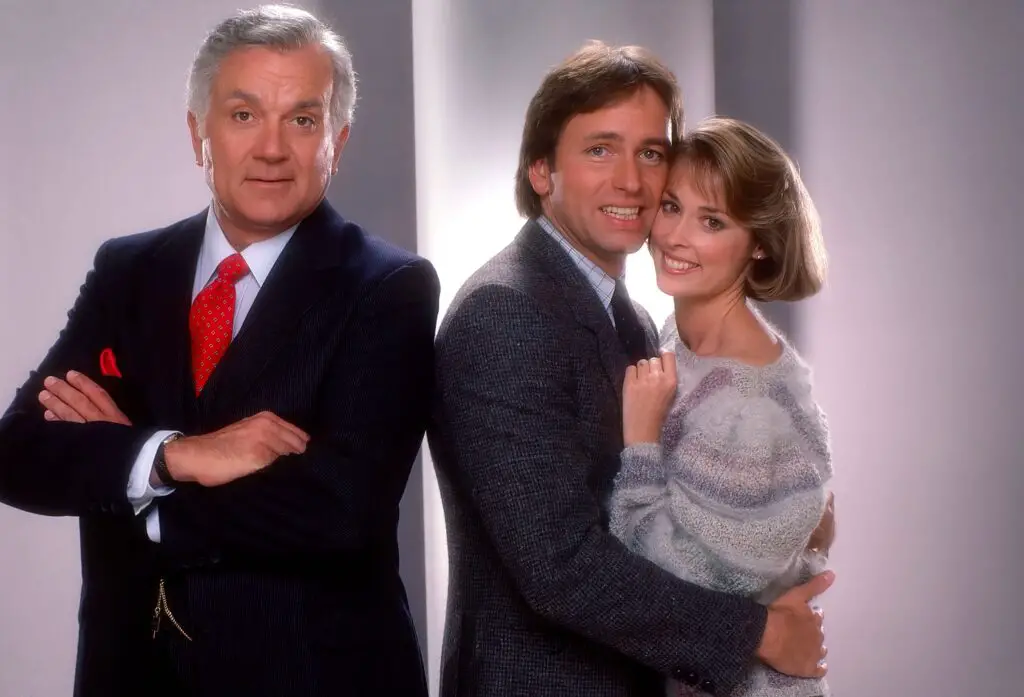
After Three’s Company wrapped, John Ritter carried Jack Tripper into a new sitcom, Three’s a Crowd. The premise revolved around Jack moving in with his girlfriend, much to the annoyance of her father. It had Ritter’s trademark charm, but without the familiar ensemble from the original show, it never fully clicked. ABC canceled it after just one season.
Fans of Three’s Company tuned in hoping for the same wild misunderstandings and slapstick antics. While Ritter gave it his all, the chemistry wasn’t the same without Janet, Chrissy, or Mr. Roper around. The show could’ve grown into its own if given more time, but it’s mostly remembered as a curious footnote in Ritter’s career.
12. Joey (2004–2006)
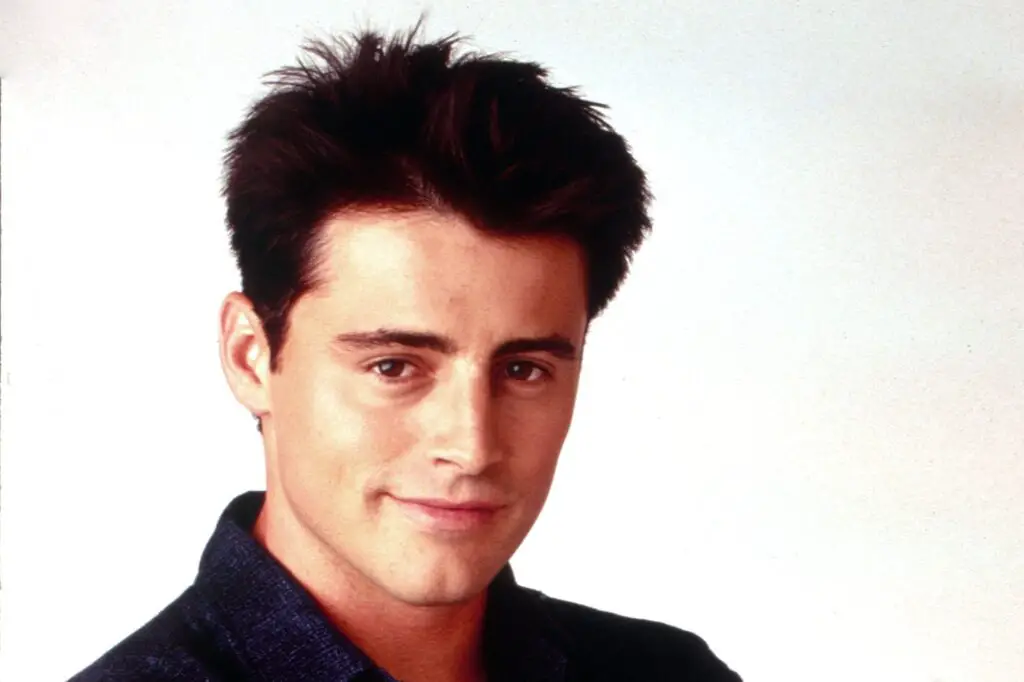
Spinoffs are always tricky, and Joey, starring Matt LeBlanc after Friends, proved it. NBC hoped to capitalize on his lovable character, sending Joey Tribbiani to Los Angeles to pursue his acting career. The show had a strong start in the ratings but quickly fizzled out. After two seasons, it was canceled, leaving fans with an underwhelming farewell for one of TV’s most famous characters.
The problem wasn’t LeBlanc, who stayed true to Joey’s goofy charm. It was that the writing lacked the spark of Friends, and viewers missed the ensemble dynamic that made the original work. If it had been given time to evolve beyond the shadow of Friends, it might’ve survived. Instead, it became a cautionary tale about the risks of spinoffs.
